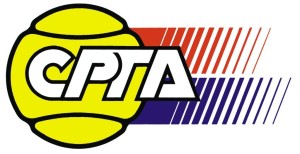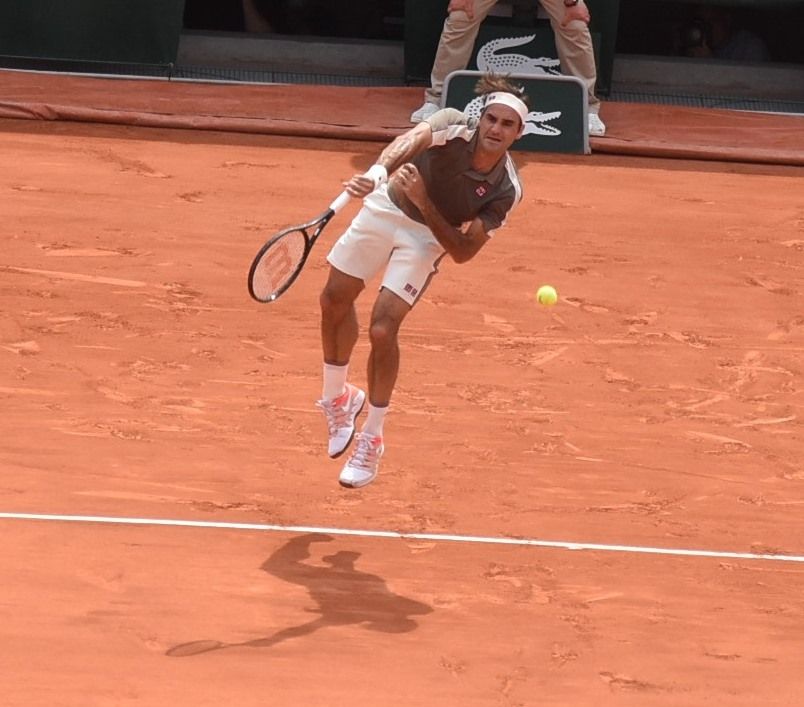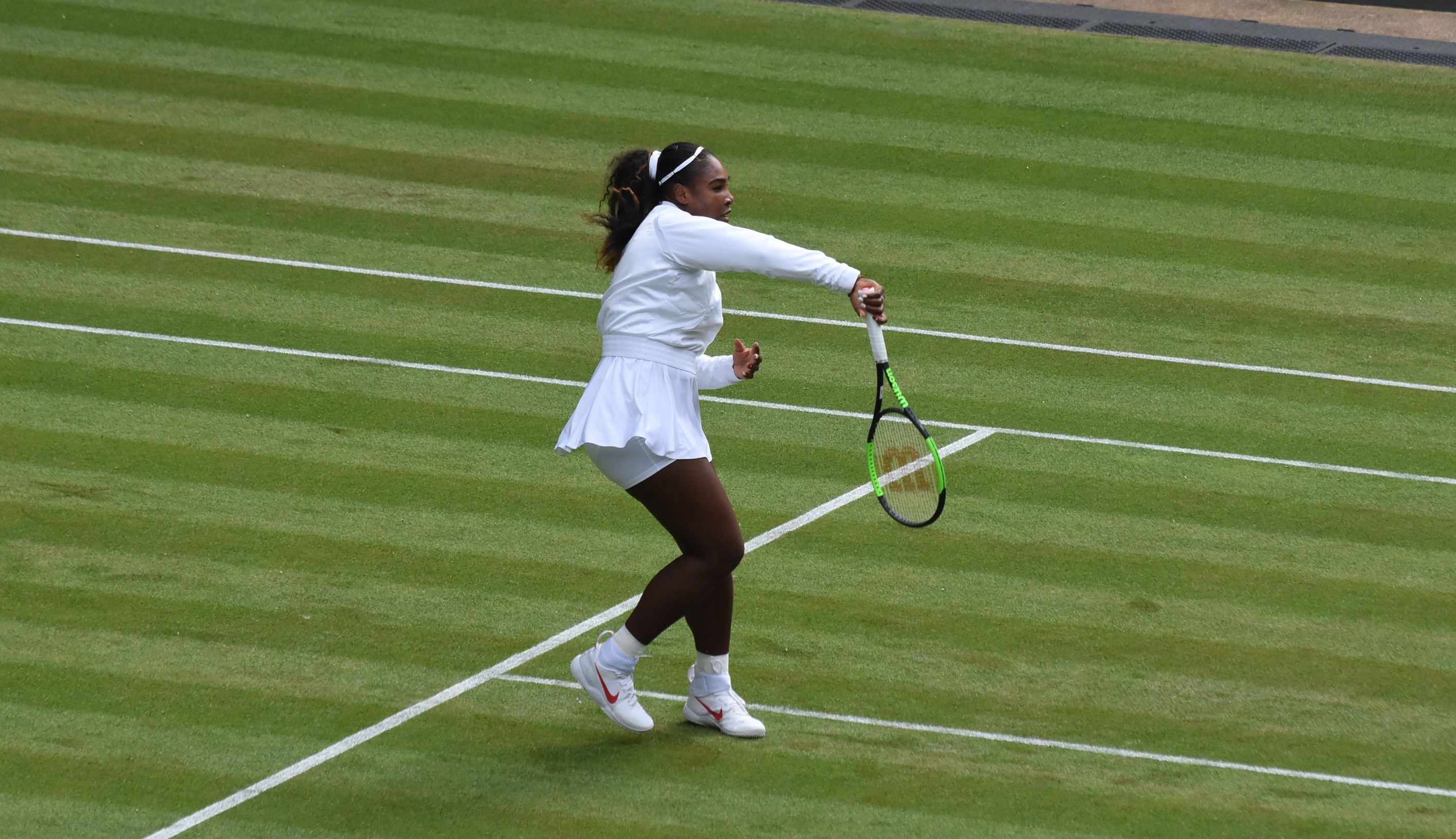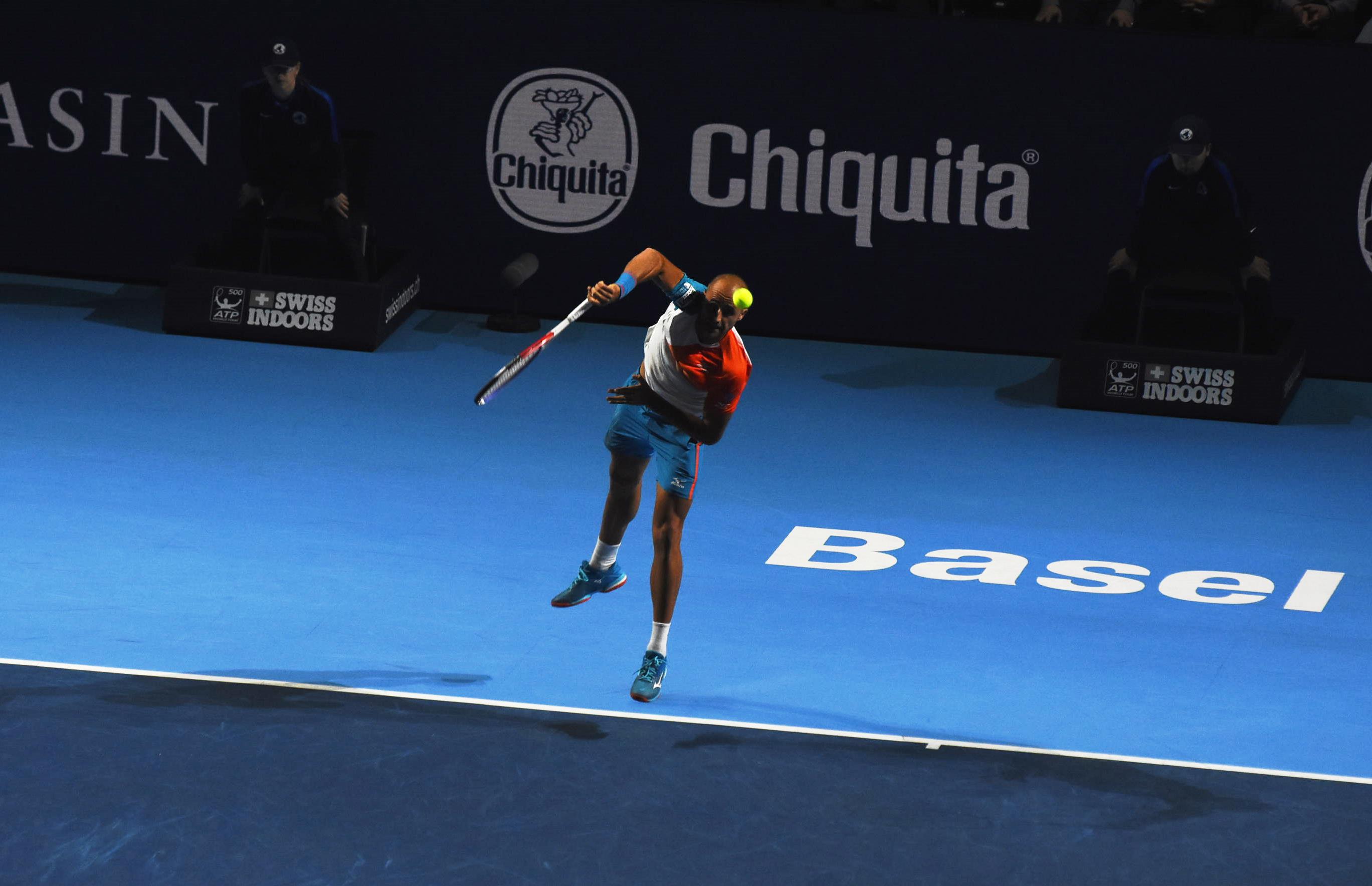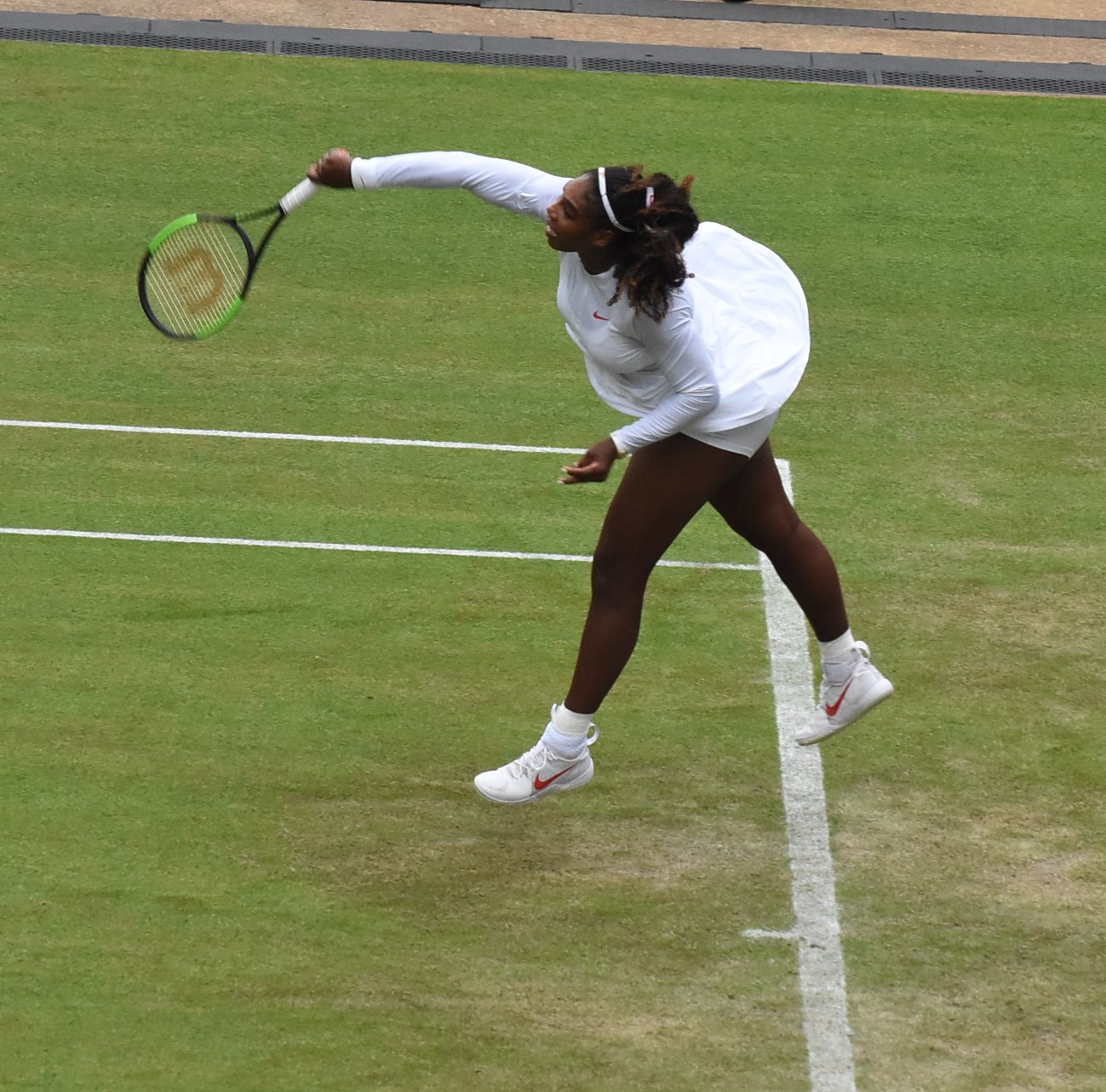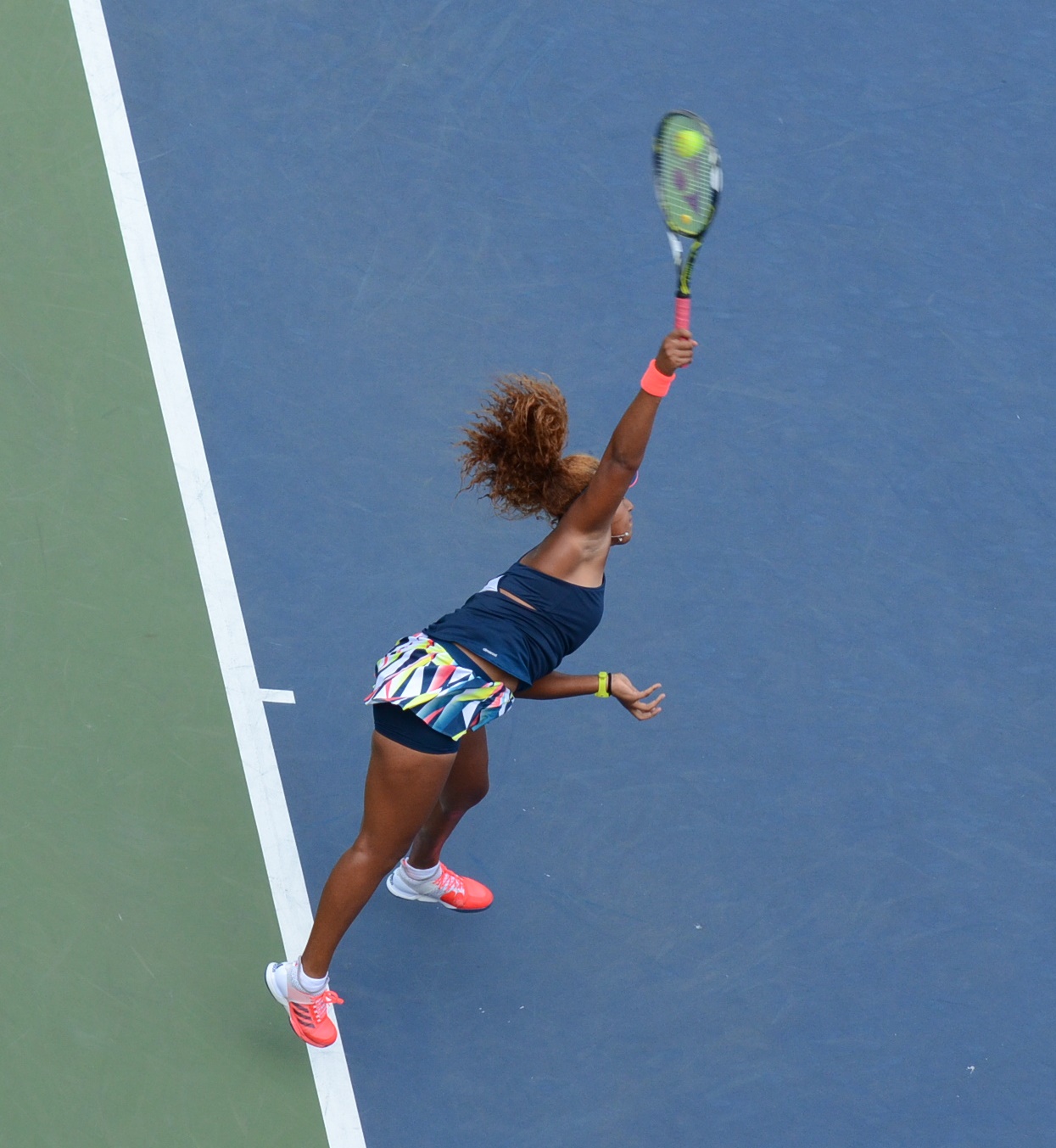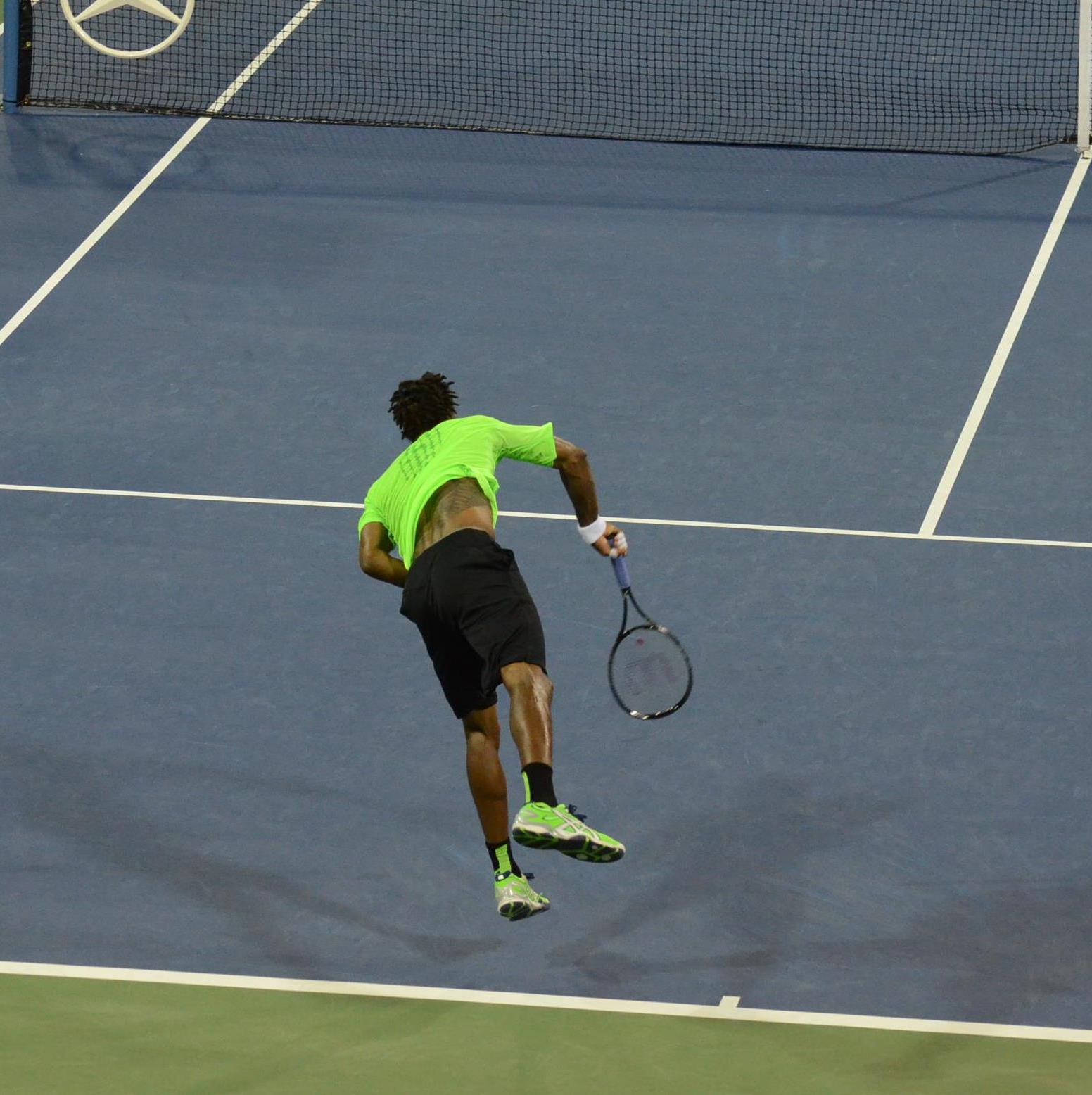
Stan Wawrinka – Dominant one-handed backhand 3.0
One of Stan's biggest weapons is, since the junior years already, his signature one-handed backhand 3.0, which he plays on a big radius with very dominant long-axis supination, as can be seen below. Such a dominant stroke trajectory of the helix form (3-D action) leading to optimal...
